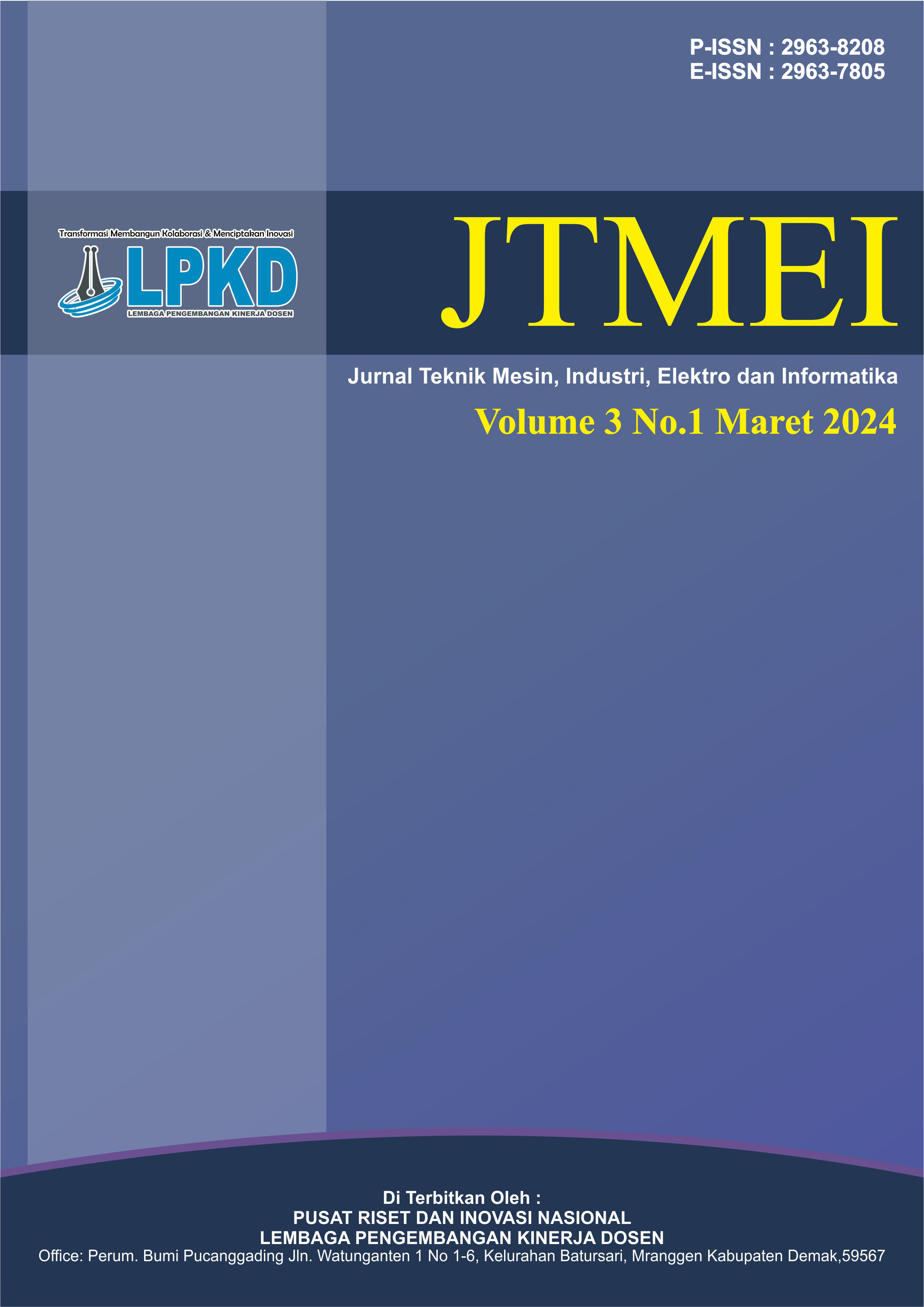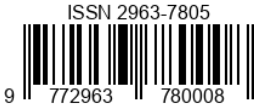Evaluasi Kandungan Hasil Pengolahan Limbah Cair pada Point L PT. Petrokimia Gresik
DOI:
https://doi.org/10.55606/jtmei.v3i1.3357Keywords:
Petrochemical, Waste, Fertilizer, ProcessingAbstract
Fertilizers support the country's food security through State-Owned Enterprises (SOEs), including PT Petrokimia Gresik which is the most complete and largest fertilizer producer in Indonesia and produces several waste products, including industrial waste. The presence of liquid waste in the environment is undesirable because it has no economic value. Therefore, the need for waste disposal is very important. PT Petrokimia Gresik uses physical and chemical treatment. PT Petrokimia Gresik conducts liquid waste treatment through a series of processes consisting of two wastewater treatment units, balancer, line injection, and sludge treatment. The parameters analyzed are chemical oxygen demand (COD), total suspended solids (TSS), ammonia (NH3), total lizard nitrogen (TKN), fluoride, acidity (pH). After the study, the analysis results showed that the data of pollutant levels in wastewater were within the quality standards set by the regulations. However, the results of TKN (Kjeldahl total nitrogen), which is the amount of nitrogen bound to organic matter, were different.
Downloads
References
Bestari, E. M., & Lestari, K. S. (2020). Analisis Pengolahan Limbah Cair DI PT Petrokimia Gresik. Majalah Kesehatan Masyarakat Aceh, 3(2), 144–153.
Huang, H., Liu, J., Zhang, P., Zhang, D., & Gao, F., 2016, Investigation on The Simultaneous Removal of Fluoride, Ammonia Nitrogen and Phosphate From Semiconductor Wastewater Using Chemical Precipitation, Chemical Engineering Journal, 307: 696–706
Lumaela, A. K., Otok, B. W., & Sutikno. (2013). Pemodelan Chemical Oxygen Demand (Cod) Sungai di Surabaya Dengan Metode Mixed Geographically Weighted Regression. Jurnal Sains Dan Seni Pomits, 2(1), D100–D105.
Mardana, M. A. (2007). Pengolahan yang Tepat bagi Limbah Cair.
Haslinah, A. (2020). UKURAN PARTIKEL DAN KONSENTRASI KOAGULAN SERBUK BIJI KELOR (Moringa oleifera) TERHADAP PENURUNAN PERSENTASE COD DALAM LIMBAH CAIR INDUSTRI TAHU. ILTEK : Jurnal Teknologi, 15(01), 50–53. https://doi.org/10.47398/iltek.v15i01.510
Jiyah, Sudarsono, B., & Sukmono, A. (2017). Studi distribusi total suspended solid (TSS) di Perairan Pantai Kabupaten Demak menggunakan citra landsat. Jurnal Geodesi Undip, 6(1), 41–47.
Karangan, J., Sugeng, B., & Sulardi, S. (2019). UJI KEASAMAN AIR DENGAN ALAT SENSOR pH DI STT MIGAS BALIKPAPAN. Jurnal Kacapuri : Jurnal Keilmuan Teknik Sipil, 2(1), 65. https://doi.org/10.31602/jk.v2i1.2065
Lumaela, A. K., Otok, B. W., & Sutikno. (2013). Pemodelan Chemical Oxygen Demand (Cod) Sungai di Surabaya Dengan Metode Mixed Geographically Weighted Regression. Jurnal Sains Dan Seni Pomits, 2(1), D100–D105.
S, E. P. A. (2006). Penurunan Konsentrasi Tss , Cod , Total Nitrogen ( Tkn ) Dan Total Fosfat Effluent.
Sunardi, S. H., & Mukimin, A. (2014). Pengembangan Metode Analisis Parameter Minyak Dan Lemak Pada Contoh Uji Air. Jurnal Riset Teknologi Pencegahan Pencemaran Industri, 5(1), 1–6. https://doi.org/10.21771/jrtppi.2014.v5.no1.p1-6
Downloads
Published
How to Cite
Issue
Section
License
Copyright (c) 2023 Jurnal Teknik Mesin, Industri, Elektro dan Informatika

This work is licensed under a Creative Commons Attribution-NonCommercial-ShareAlike 4.0 International License.








